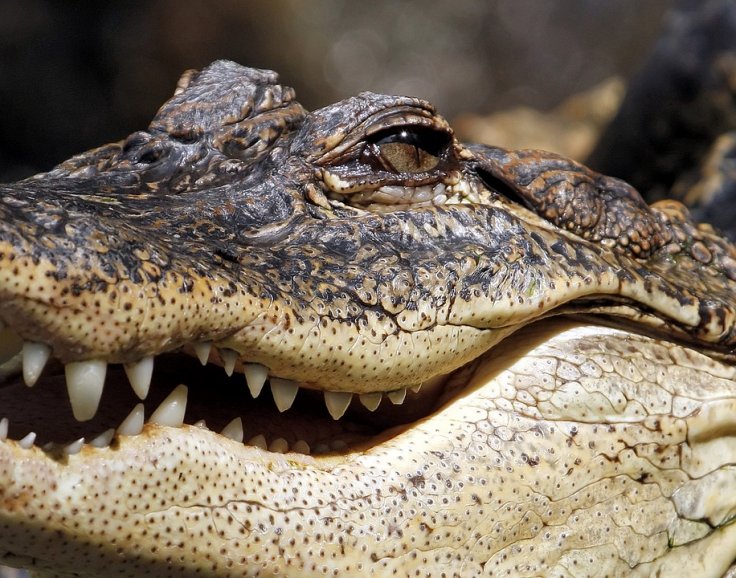A new study conducted by researchers at Royal Veterinary College, London has found that several crocodile species can gallop easily whenever necessary. This new finding contradicts the previous assumptions that crocodiles are lazy, and they often move slowly all the time.
Galloping is basically a four-beat sequence whereby the fore and hindlimbs take turns landing. Until now, experts believed that only five crocodile species including freshwater crocodiles from Australia (Crocodylus johnstoni) were capable of galloping. However, the new research revealed that scientists have underestimated these creatures, as eight species of crocodiles were found capable of galloping and bounding.
Several crocodile species can gallop

Some of the crocodile species that were found galloping easily include the Philippine crocodile (Crocodylus mindorensis), the Cuban crocodile (C. rhombifer), the American crocodile (C. acutus), the West-African slender-snouted crocodile (Mecistops cataphractus) and the dwarf crocodile (Osteolaemus tetraspis). However, alligators and caimans were only able to trot on the land, and they failed to gallop even when necessary. It is still unclear why alligators cannot do galloping, but researchers believe that this skill is probably ancestral.
Galloping helps crocodiles to run fast
During the research, scientists set up video cameras at the St Augustine Alligator Farm and Zoological Park in Florida and monitored the movements of crocodiles continuously. Interestingly, almost every crocodile species successfully achieved a speed of 18 kilometers per hour while galloping, trotting and bounding.
"We were really surprised at one major thing – despite the different gaits crocodiles and alligators use, they all can run about as fast. So why do some crocodiles choose to gallop? We suspect that bounding and galloping give small crocodiles better acceleration and maneuverability, especially useful for escaping from danger. It seems like alligators and caiman stand their ground rather than run away with an extreme gait," said John Hutchinson, a specialist in evolutionary biomechanics at the Royal Veterinary College in a recent statement.
Crocodiles have a complex evolutionary past
A few months back, another study report had suggested that crocodiles and alligators have a very complex evolutionary past. The study report revealed that these creatures have experienced a host of ecosystems over time, including land, estuarine, freshwater, and marine.
"Crocodiles are not living fossils. Transitions between land, sea, and freshwater were more frequent than we thought, and the transitions were not always land-to-freshwater or freshwater-to-marine," said Christopher Brochu, a researcher at the University of Iowa who led the study.









